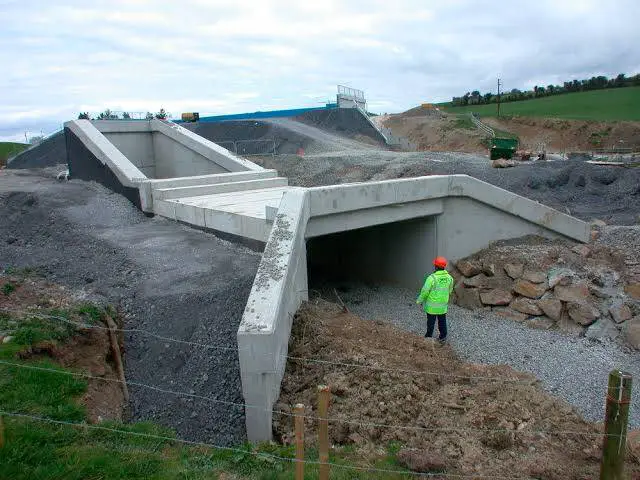


Finally, the verified FLAC model was used to develop a series of preliminary design charts for the selection of a suitable seismic buffer based on characteristics of the design earthquake accelerogram.

In addition, special attention should be paid to the determination of ground water levels, particularly with respect to maximum probable. 3.10 Sliding resistance for the retaining wall 3-13 3.11 Eccentricity for the retaining wall 3-14 3.12 Bearing stress for the retaining wall 3-16 3.13 Summary of cantilever wall design by ASD and LRFD 3-18 4.1 Vertical loads and resisting moments 4-4 4.2 Horizontal loads and driving moments 4-4 4.3 Unfactored vertical loads and resisting. The numerical results include simulations using simple linear elastic constitutive models for the EPS buffers and granular soil backfill and more complex non-linear hysteretic models. Soil Properties for Retaining Wall Design For all walls higher than 5 meters, especially those with sloping backfill, the soil properties of natural ground and backfill should be estimated in advance of design from tests on samples of the material involved.
Wallap design retaining wall verification#
Next, details of the development and verification of a displacement-based model and a FLAC numerical model are described and simulation results that were verified against the physical shaking table tests presented. The paper begins with a brief description of the first documented field application followed by a description of physical 1 m-high reduced-scale shaking table tests that provided the first "proof of concept". The paper is a synthesis of previously published work by the authors that is focused on the use of expanded polystyrene (EPS) geofoam buffers for seismic load attenuation against rigid basement and soil retaining walls.


 0 kommentar(er)
0 kommentar(er)
